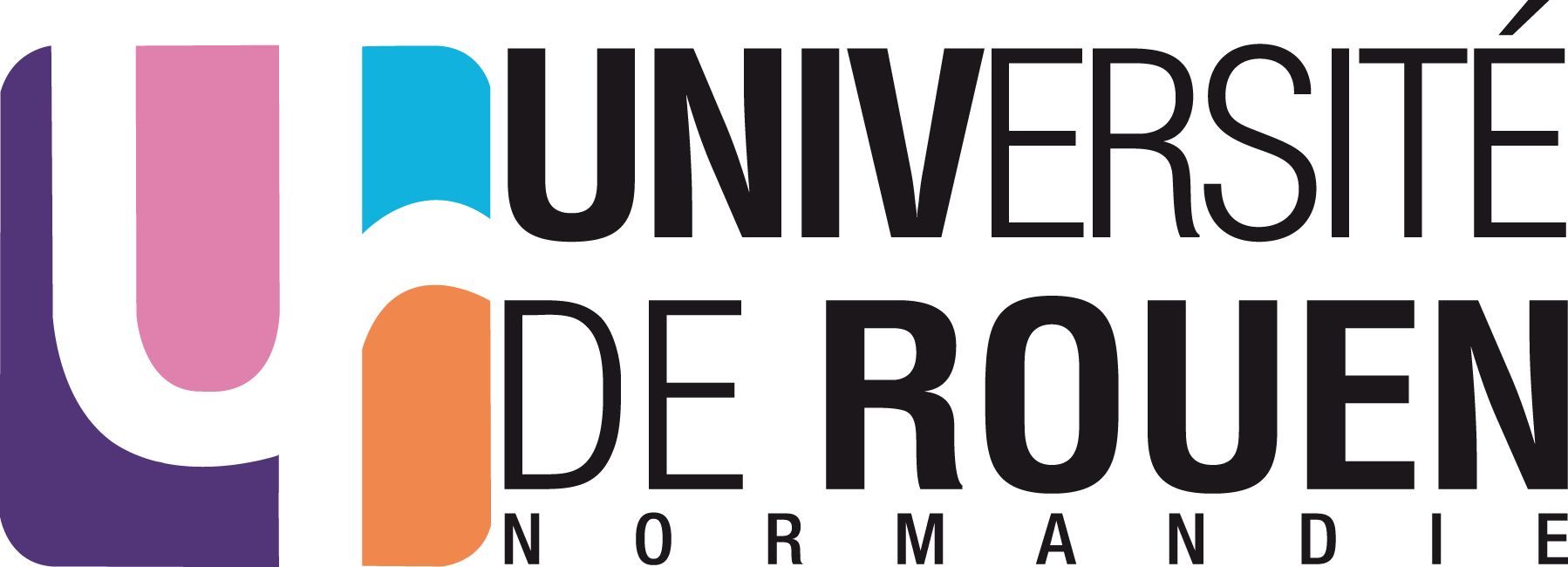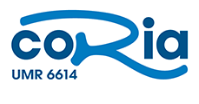CHAIRLIFT
Nom complet : Compact Helical Arranged combustoRs with lean LIFTed flames
Référence Projet : Horizon 2020 – Cleansky
Période : du 01/01/2019 au 01/04/2023
Financeurs : l’Union européenne à travers le programme de financement H2020.
Coordinateur du projet : University of Firenze (UNIFI)
Porteur pour le CORIA : Université de Rouen Normandie (Laboratoire CORIA)
Responsable Scientifique pour le CORIA : F.-X. DEMOULIN
Budget CORIA / Budget total : 113 k€ / 1.2 M€
Résumé scientifique du projet :
L’objectif principal du projet CHAiRLIFT est d’évaluer un concept de chambre de combustion innovant capable d’assurer un fonctionnement ultra-pauvre et à faible émission de NOx des futurs moteurs. Avec ce concept de combustion, les exigences de l’ACARE Flightpath 2050 seront pleinement satisfaites. La chambre de combustion CHAiRLIFT comprend deux nouvelles caractéristiques : La première consiste à adopter des flammes de pulvérisation à faible tourbillon, à faible teneur en soufre, qui se caractérisent par un degré élevé de prémélange et, par conséquent, par une réduction significative des émissions de NOx. Les caractéristiques inhérentes à ces flammes sont un risque fortement réduit de retour de flamme et une susceptibilité réduite aux instabilités thermo-acoustiques par rapport aux flammes conventionnelles stabilisées par tourbillon. Toutefois, ces flammes soulevées présentent le risque de souffler dans certaines conditions de fonctionnement. La deuxième nouveauté du concept CHAiRLIFT est une approche alternative au pilotage standard de la flamme proposée, permettant une réduction supplémentaire des émissions de NOx. Le fonctionnement stable et sûr de la chambre de combustion est assuré par l’interaction des flammes adjacentes dans la direction circonférentielle à l’intérieur de la chambre de combustion annulaire. Cela nécessite une inclinaison de l’axe des flammes par rapport à l’axe de la machine. Cette conception est appelée « Short Helical Combustor » (SHC). Il présente l’avantage de ne pas nécessiter de flamme pilote supplémentaire qui peut produire des émissions de NOx supplémentaires. La longueur réduite de la chambre de combustion est un autre avantage. Plus important encore, l’angle de rotation de la VGN peut être réduit ce qui permet de réduire le nombre de VGN et donc les besoins en air de refroidissement. Des études expérimentales et numériques, y compris le développement d’un modèle avancé d’atomisation, seront menées pour évaluer les capacités de réduction des NOx du concept, en exploitant les méthodologies les plus récentes. Pour explorer davantage les capacités de réduction des NOx du concept, un contrôle actif avancé du LBO sera également testé en combinant une sonde ionique et une combustion assistée par plasma.







